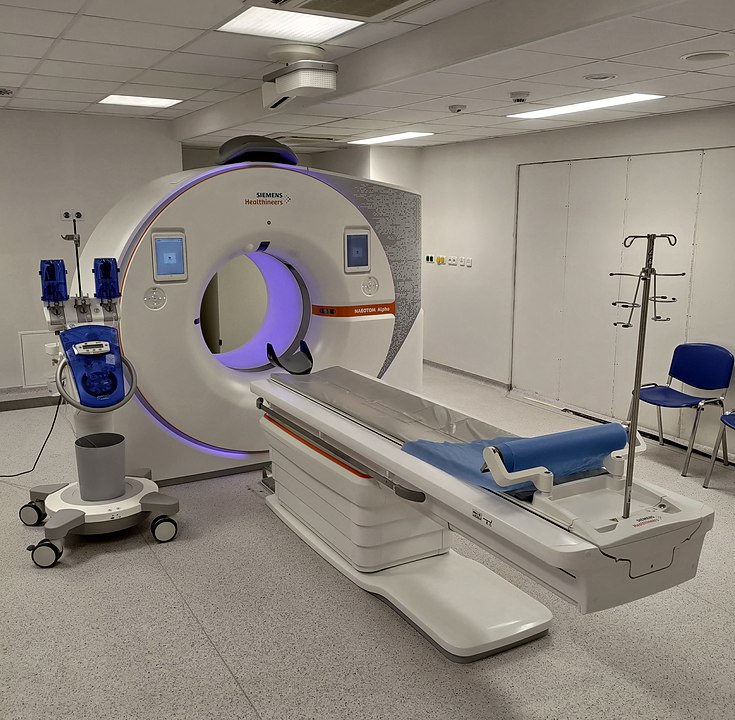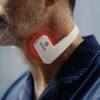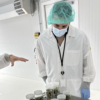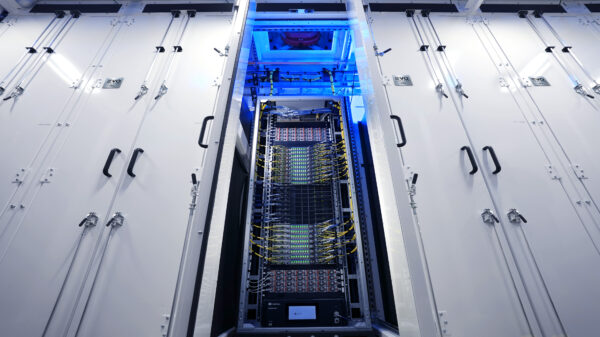A hospital in the United Kingdom may have hit on a new artificial intelligence technology that could speed up the detection of lung cancer and other illnesses.
A representative of the Harrogate and District NHS Foundation Trust in North Yorkshire, UK, said on Monday that the software could definitely improve the efficacy of chest X-ray analysis.
The software is capable reading all X-rays within 30 seconds of being taken at hospital. It then separates and organizes in favour of severity.
A spokesperson for the trust said the software acts as a second pair of eyes for clinicians and helps identify serious conditions earlier. The software is strong enough to detect up to 124 potential findings on chest X-rays in under a minute. This effectively streamlines the reporting process.
“This technology will greatly speed up the time it takes for clinicians across our trusts to accurately report and diagnose each X-ray, helping us to reduce historical backlogs in our organisations, spanning back to the COVID-19 pandemic,” said Dr Daniel Fascia, consultant radiologist at HDFT
Since July 2023, the Harrogate trust has used AI to detect trauma-related injuries in X-rays, such as fractures and dislocations. It is the sixth Yorkshire radiology department to introduce the newest software.
NHS England’s AI Diagnostics Fund (AIDF) has secured funding for the technology. It will provide £21 million to 11 imaging networks, covering 64 NHS trusts across England, to support early lung cancer detection.
Read more: Breath Diagnostics pioneers novel lung cancer breath test
Read more: Breath Diagnostics takes aim at lung cancer with One Breath
High mortality rate attributed to late-stage diagnosis
Lung cancer remains the leading cause of cancer-related deaths in Canada.
The Canadian Cancer Society estimates that 20,700 Canadians died from lung and bronchus cancer in 2024. This accounts for approximately 23 per cent of all cancer deaths in the country.
It attributes this high mortality rate to both the elevated incidence of lung cancer and typically late-stage diagnosis. Notably, around 70 per cent of lung cancer cases are diagnosed at stages 3 or 4. This is when the disease has already spread and the five-year net survival rate of approximately 19 per cent for men and 26 per cent for women.
But it might not be that way in the future.
Several companies are using artificial intelligence to improve X-ray analysis and cancer diagnostics. Annalise.ai has developed Annalise CXR, a chest X-ray decision-support tool that detects up to 124 findings, helping clinicians interpret images with greater accuracy. Lunit has partnered with major healthcare providers to integrate AI-driven chest X-ray analysis, identifying conditions such as tuberculosis and pneumonia.
Paige AI, a company spun out of the Memorial Sloan Kettering Cancer Center, applies machine learning to assist pathologists in making more precise cancer diagnoses. Imagene AI uses deep learning algorithms to reduce biomarker detection times from several weeks to just minutes, accelerating treatment decisions.
Furthermore, Breath Diagnostics Inc is also advancing cancer detection by leveraging AI and advanced algorithms to analyze breath samples for early signs of lung cancer. By identifying volatile organic compounds associated with cancer, the technology offers a non-invasive diagnostic approach.
.
joseph@mugglehead.com














